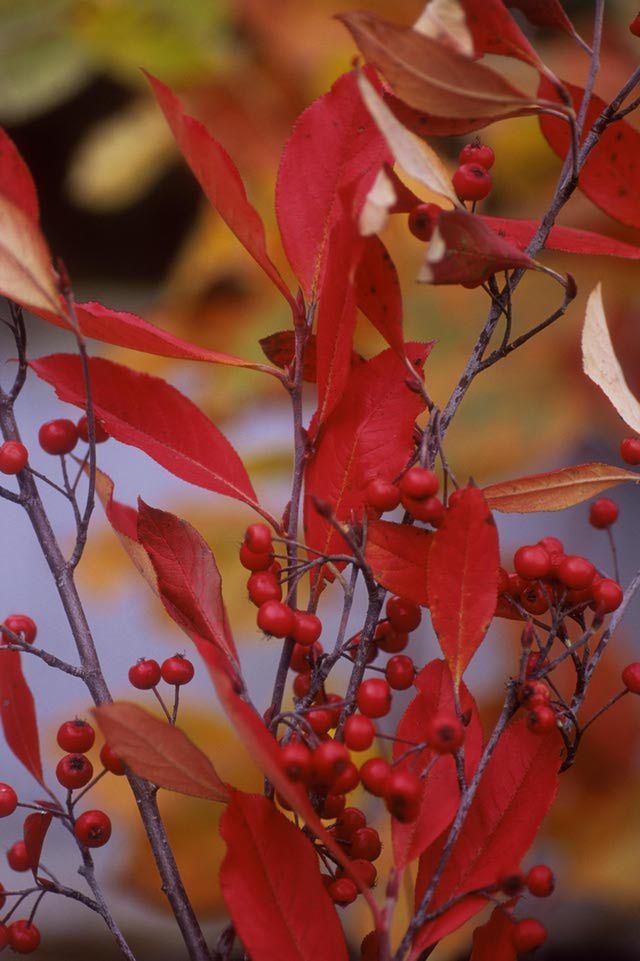Trimming wisteria vines
How to Keep Wisteria Under Control
It’s easy to be enraptured by the lilac blossoms of a wisteria, but these flowering vines are such vigorous growers that they can spread out of control. They’re known to choke out trees and damage buildings, but that shouldn’t stop us from growing them. Regular pruning can keep them in shape, while allowing us to drink in the beauty of their fragrant flowers.
Wisteria Pruning Part 1: After Flowering
The most successful way to keep a wisteria from spreading out of control is to prune it twice per year. The first pruning should happen after the flowers fade in early to mid-summer, and when the shoots of this year’s growth start to look unruly. The aim is to keep new growth close to the main vine and clear away unwanted shoots or suckers, as follows:
- Prune shoots of new growth to 6 inches in length.
- Remove any suckers from the roots.
- Prune shoots that are not needed for the main framework of the vine.
Since flowers form on one-year-old growth, this system of pruning not only maintains a tightly-shaped vine, but also allows the flowers to be visible the following year.
Wisteria Pruning Part 2: Winter
Even after pruning in early summer, a wisteria can still stretch its limbs a good distance in the remaining growing months. To keep it from sprawling out of control, it’s good to prune it again in late winter. Without the leaves, it’s easy to see which branches are essential to the main vine, and to remove unwanted growth, as follows:
- Prune lateral branches off the main trunk, including those you cut back in summer, down to 3-5 buds in length. This will direct the energy to new flowers, rather than new vegetation.
- Once again, you can remove any crowded or unruly branches that deviate from the main shape of the vine.
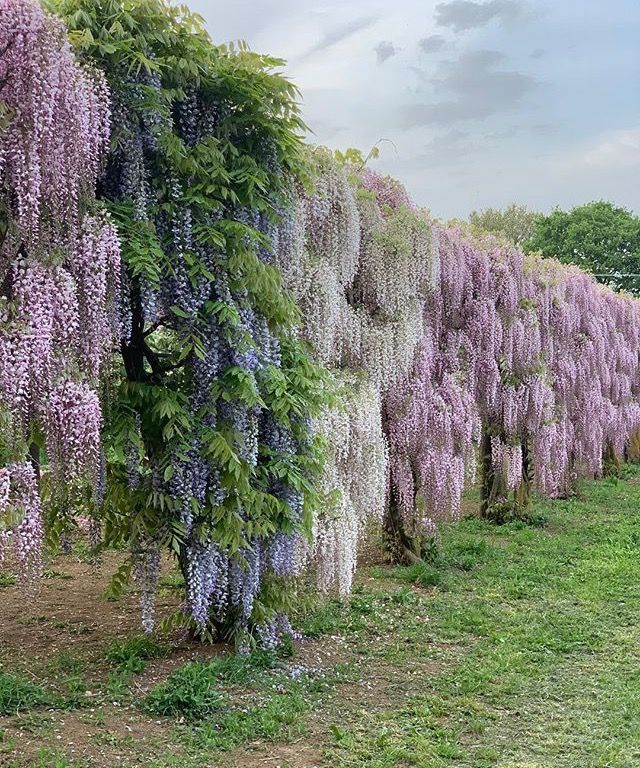
Pruning Wisterias into Alternative Styles
If you follow the advice above, your wisteria will have a tidy and civilized look. If you’re aiming for a wilder style, but still want it under control, just remember to prune out half of the growth each winter. And keep in mind that trimming the branches down to 2-3 buds spurs the biggest, most visible flowers the following spring. After flowering, you can touch up the vine with more pruning as needed.
How to Train a Wisteria
The most successful way to keep a wisteria from spreading out of control is to prune it twice per year.
When they’re not growing wildly out of control, wisterias can form beautiful archways across a pergola and make great privacy screens. The first step to training them is to ensure your structure is made of sturdy wood or metal, as wisterias are known to crush flimsy supports. When you’re training a new vine, select 2-3 young shoots to twine around each other up the pole.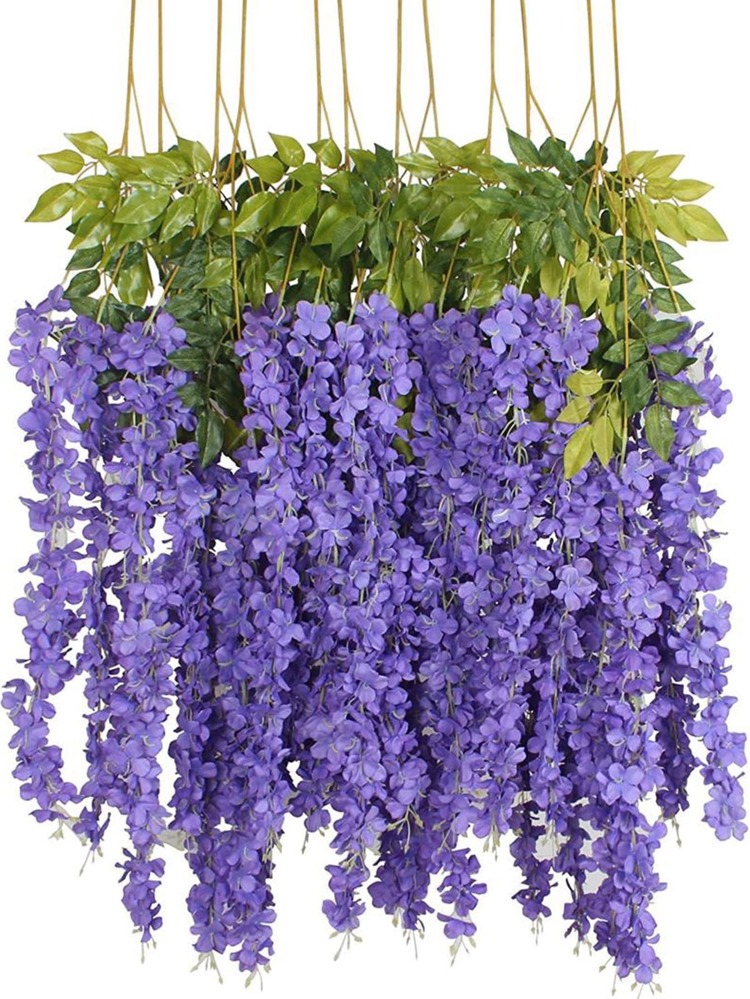 As they age, the twisted and gnarled trunks will become a main source of interest. Tie them close to the structure as they grow, but remove the twine once they can support themselves.
As they age, the twisted and gnarled trunks will become a main source of interest. Tie them close to the structure as they grow, but remove the twine once they can support themselves.
How Do You Deal with an Overgrown Wisteria?
When you let a wisteria grow out of control, you’re often left with a tangle of dead and misshapen branches that may or may not bloom. Restoring a wisteria into a blooming vine with a manageable size may take up to a year of cutting and pruning. Here are the steps to follow:
- Trim away dead and dying branches to the nearest healthy wood.
- Cut back suckers from the base, leaving one or two main trunks.
- Remove crowded lateral branches growing off the main trunk.
- Cut back remaining lateral branches after flowering.
- If the length of the vine is too tall, cut the top of the main trunk down to 4-6 feet, or to the length desired.
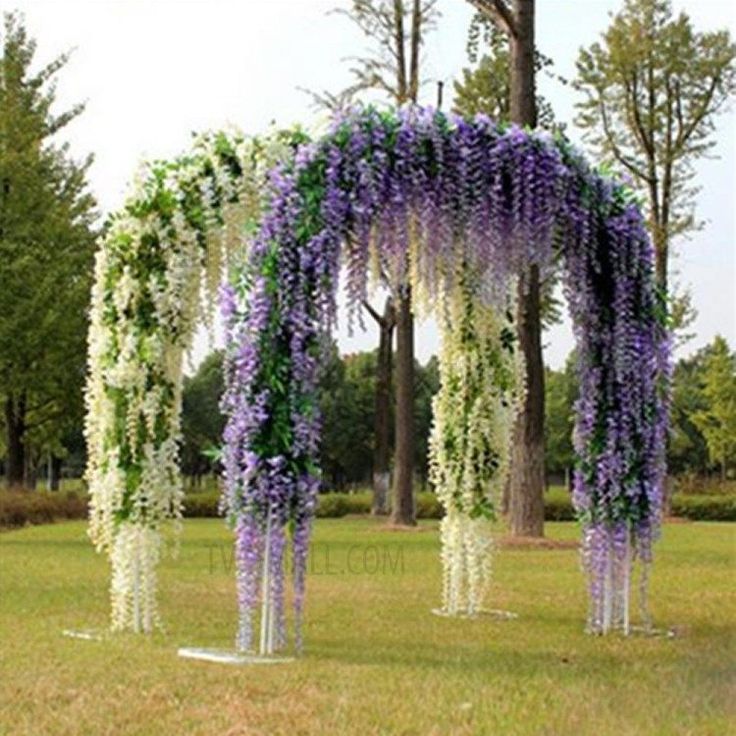
Once your wisteria is back in shape, keep pruning it twice per year in the size you desire. With regular pruning, you’ll not only keep your wisteria from spreading out of control, but will enjoy the most blossoms each spring as well!
For more advice on keeping plants under control, or to talk to any of our gardening experts, come out to our nurseries in Bloomingdale and Carpentersville!
ADDITIONAL READING:
Time to Say Goodbye to Your Tree: Tree Removal
Platt Hill Nursery is Chicago’s premier garden center and nursery.
Promoting Wisteria Bloom, Part 2: A Three-Year Pruning Plan — Seattle's Favorite Garden Store Since 1924
Editor's Note: Welcome to part 2 of Promoting Wisteria Bloom. This article offers a three-year plan for pruning your wisteria for health, structure, and bloom, whether it is newly planted or already established. It therefore offers detailed, step-by-step information on intermediate and advanced pruning techniques. Not everyone will want to tackle wisteria care at this level and that is okay! For general care guidelines and advice on helping your wisteria thrive and bloom, refer to Promoting Wisteria Bloom, Part 1.
Not everyone will want to tackle wisteria care at this level and that is okay! For general care guidelines and advice on helping your wisteria thrive and bloom, refer to Promoting Wisteria Bloom, Part 1.
Proper pruning can help you manage a wisteria and produce a truly spectacular flower show. At a minimum, pruning should be done twice a year: once around mid-summer (a few months after flowering) and again in late winter/early spring (before the plant leafs out).
Ideally, these two pruning sessions should be supplemented by routine thinning throughout the growing season to prevent congested growth and/or to continue training the plant along a structure. Doing this will not only make winter pruning a quicker operation but can help reveal wisteria’s beautifully gnarled and twisted trunks.
Wisteria Structure
Wisteria performs best with a clear basic structure. Think of this as the "armature" or framework from which flowering growth occurs.
Regardless of whether it has been espaliered, trained as a standard (a free-standing tree form), along a porch, over an arbor, or in any other form, the principles remain the same with only small nuances here and there.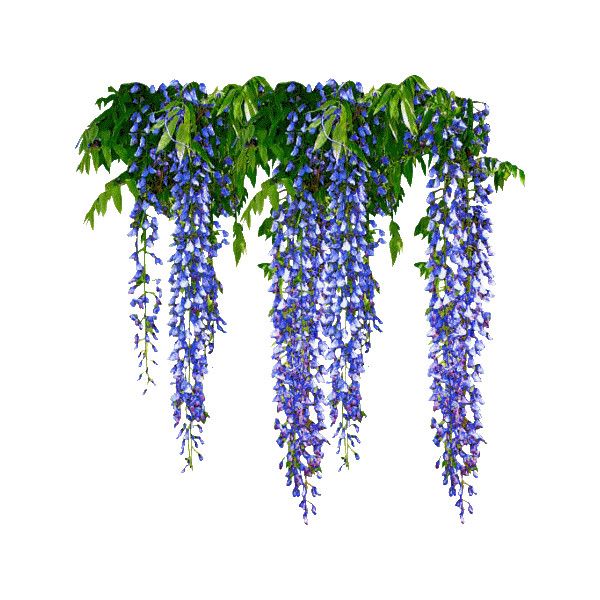 And while it is easier to train a young plant, the rules remain the same for even ancient wisteria vines.
And while it is easier to train a young plant, the rules remain the same for even ancient wisteria vines.
For the sake of this piece, I'll assume our hypothetical wisteria is espaliered against a wall, but these rules can be directly extrapolated to any other growing circumstance.
Deducing a vine's structure, as well as where it flowers and where it doesn't, will help reveal where to make cuts.
Primary leader: the primary leader is the main vertical element of the plant. Often, in older plants, the primary leader branches off to form several leaders.
Side shoots: any branch that grows from the leader. Some side shoots will be selected to become laterals; others should be removed as needed to minimize congestion.
Secondary branches (laterals): these are side shoots which grow from the leader and are tied in to create the strong secondary branches of the plant.
Tertiary laterals: side shoots that grow from the laterals.
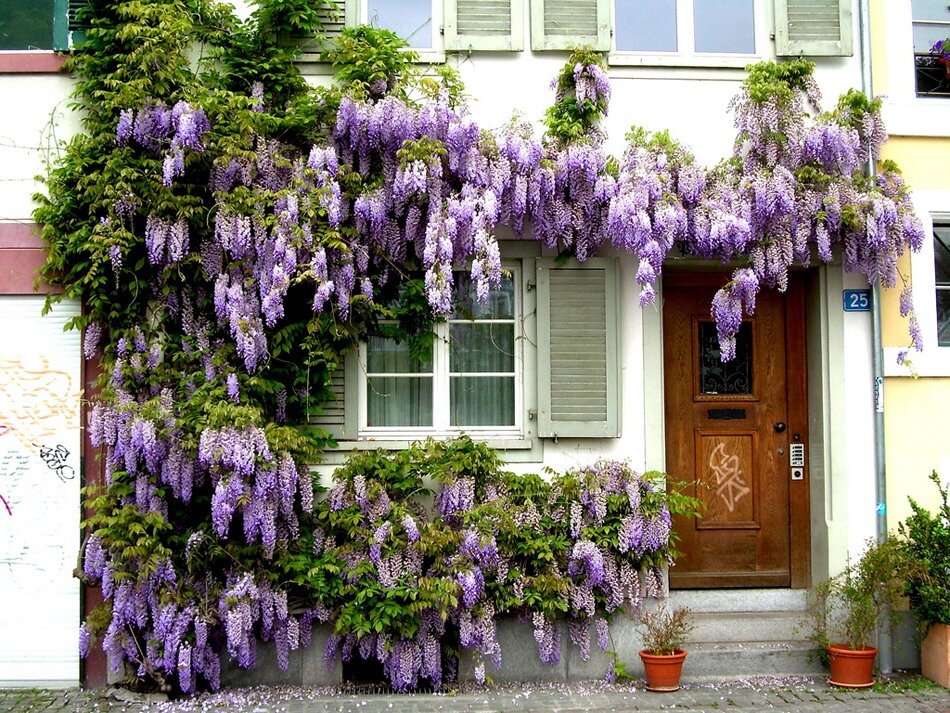 Some of these develop into flowering spurs (short side shoots where flower buds typically develop).
Some of these develop into flowering spurs (short side shoots where flower buds typically develop).
Understanding the different bud shapes is also important: flowering buds are rounded and more swollen, whereas leaf buds are more narrow and pointed. In the picture below the larger buds are flower buds and the small, pointy buds are leaf buds.
Pruning: A Three-Year Plan
Year 1
Initial Pruning and Training
Once your wisteria is planted considering cutting the primary leader back to a strong leaf bud, roughly 3 feet from the ground. Next, remove any excessive side shoots to help stimulate the growth of a strong leader.
Tie in your new leader, then select some strong side shoots and tie them in at an appropriate angle (~45 degrees). These shoots will become your lateral branches. As they grow, cut them back to 3-4 leaf buds. This will encourage the formation of flowering spurs for future seasons.
Winter Pruning
No matter when you planted your wisteria, after its first full growing season, revisit your plant the next winter, when it is bare of leaves and flowers.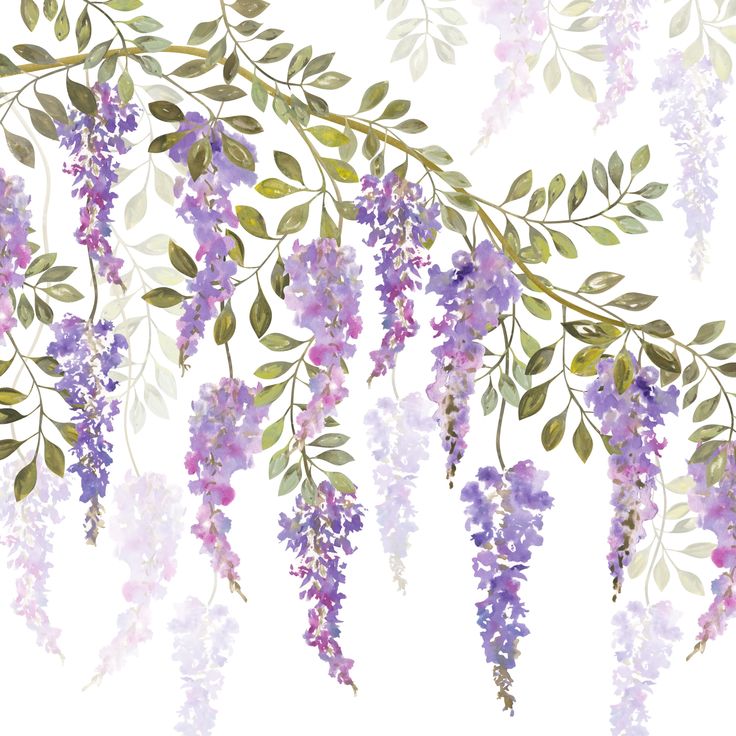 Ideally, choose a sunny or dry day (if we're lucky enough to have one!) to perform winter pruning.
Ideally, choose a sunny or dry day (if we're lucky enough to have one!) to perform winter pruning.
Cut back the leader again to between 2-3 feet above the highest lateral branch.
Cut lateral branches back by about 1/3 to a strong leaf bud.
Cut tertiary side shoot back to encourage flowering spurs.
The first year can be frustrating; cutting back hard and keeping your new plant relatively diminutive can seem counter-intuitive. But this is absolutely essential to developing a strong framework and a good set of flowering spurs.
Year 2
Training Your Plant During the Growing Season
And now we're in year 2!
Continue tying and guiding your primary leader (it is OK to have two leaders if it makes sense for your situation). As your leader grows, select a second (and/or third) set of shoots to grow as lateral branches and tie them in roughly parallel to the first set of laterals from the previous season.
Removing Excessive Growth
At this point you may be seeing basal growth—young shoots exploding from the base.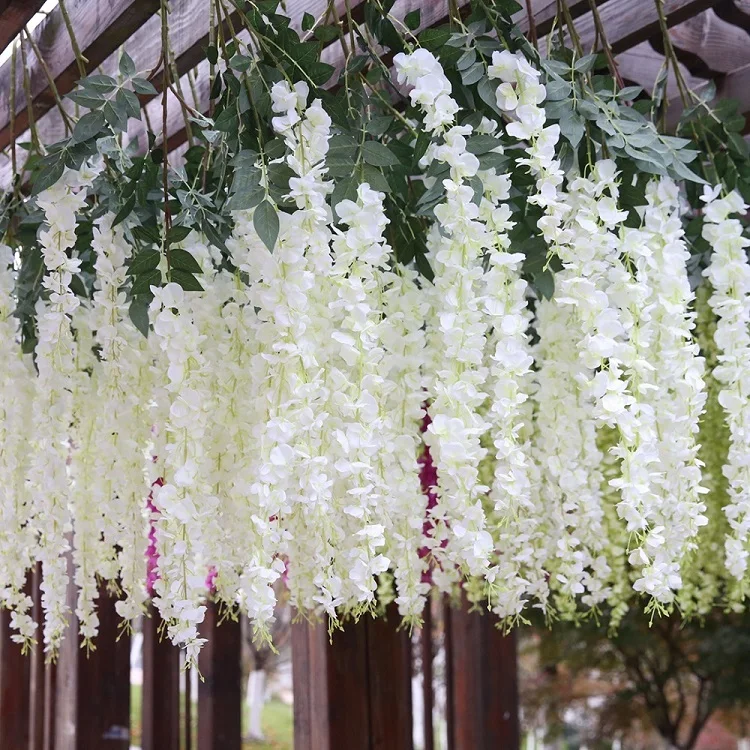 Remove them immediately and continuously with a clean and flush cut against the trunk. If they are popping up near the base of the trunk directly, either lightly cut them with a spade or dig around them a little bit and cut beneath the soil surface.
Remove them immediately and continuously with a clean and flush cut against the trunk. If they are popping up near the base of the trunk directly, either lightly cut them with a spade or dig around them a little bit and cut beneath the soil surface.
Strong tertiary shoots growing from the lateral branches that may be growing quickly out of the structure you have created should also be removed.
Monitor the plant through the summer of Year 2 to keep unwanted growth at a minimum until you start to reach the allotted space for the plant.
Year 3
Once your plant is well established (from year 3 onwards), continue the practices outlined above.
In summer, about two months or so after flowering, cut back most of this year's side shoots to 5-6 buds.
In winter, cut these same branches back even farther to 2-3 buds of their base. This will help produce the coming season's flowers. You may also prune any leaders back by about a third if the wisteria has reached the desired height.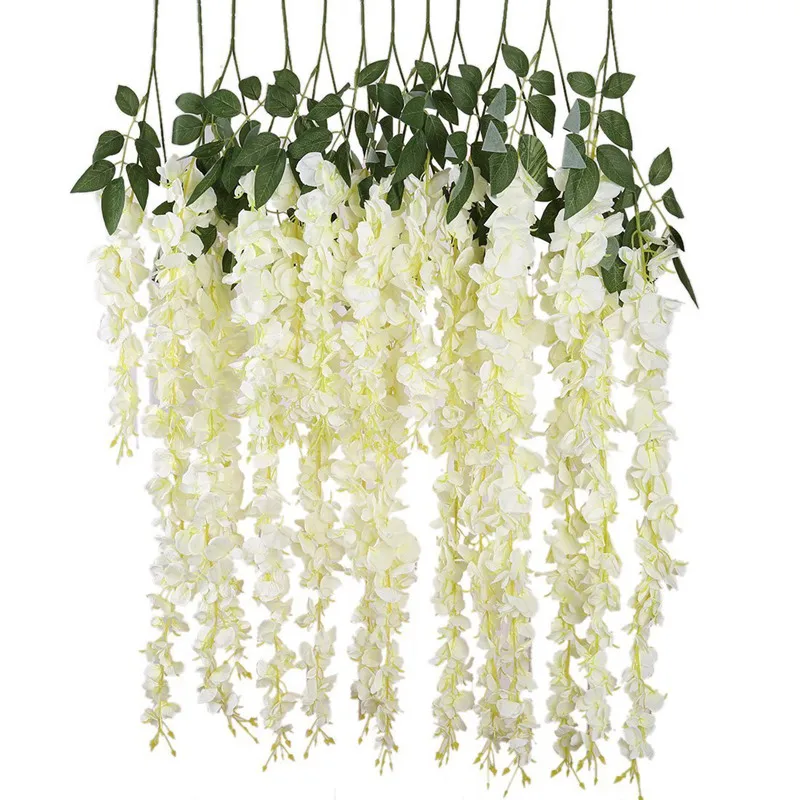 This helps to not only manage overall size, but helps to ensure that the wood stays strong and tidy instead of weak and sprawling.
This helps to not only manage overall size, but helps to ensure that the wood stays strong and tidy instead of weak and sprawling.
Renovating an older, overgrown wisteria
If you're dealing with an older and overgrown wisteria, thin it out heavily in the summer but try to keep major cuts (around two-fingers-to-wrist width) to a minimum as these are best performed in the winter.
Wintertime is often the best time to inspect older and unmaintained specimens for structure and possibilities. Using the principles outlined above you can slowly train a wisteria back into a controlled and free-flowering form.
Note: Wisterias can withstand heavy renovation pruning but this may delay flowering for a year or two. Don't worry, your wisteria will eventually flower again.
If you're doing construction around a wisteria and have to remove it entirely, cut it at the base and avoid soil compaction around the trunk. Quite frequently new shoots will come up from the old root system if the plant was very vigorous.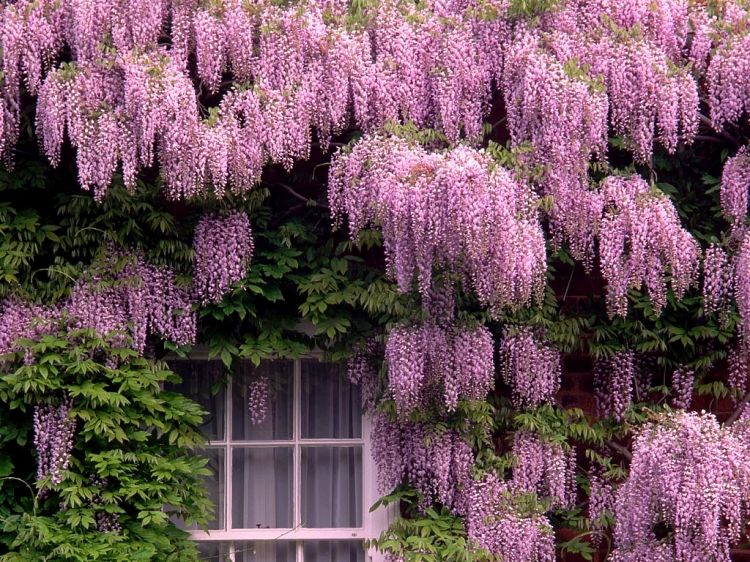 Again, it will be some time before it begins flowering again, but the established root system can aid in a relatively quick recovery.
Again, it will be some time before it begins flowering again, but the established root system can aid in a relatively quick recovery.
Wisteria can be a hugely rewarding plant capable of enormous presence in the garden, but it does require some work. However, as the years go on and you begin to keenly understand your plant’s structure, pruning will become quicker and more intuitive, and given wisteria's capacity for immense growth, the possibilities for training it into unique forms or over structures will create a real treasure in the garden to be enjoyed for years and years.
How pruning of wisteria in the fall affects the development of the plant, why it is necessary and how to do it correctly
Bright colors in the backyard always give it a special touch of freshness. For decoration, many plants are used in landscape design, among which wisteria occupies a special place, which is important to cut correctly, especially in autumn.
After all, with its help nondescript corners, structures and walls are masked. In order for the vine to create a dense green shield, annual pruning of wisteria in the fall is necessary. nine0003
In order for the vine to create a dense green shield, annual pruning of wisteria in the fall is necessary. nine0003
Contents:
- 1 Ornamental Wisteria Varieties
- 2 Basics of Wisteria Cultivation
- 3 Basic Principles of Autumn Pruning
Ornamental Wisteria Varieties
Wisteria is a perennial licinia. This plant develops rapidly, its aerial part can reach 10-12 meters in height already in the seventh year. Therefore, this garden culture is used for vertical decoration.
Lat. Wistéria
Particularly prized for its drooping bright flowering clusters. Their color depends on the variety. They can be white, cream, pink and purple. Blooming brushes exude a delicate fresh aroma. nine0003
The wisteria genus is represented by nine species. The following varieties are especially popular:
Chinese. Differs in high frost resistance. An adult plant reaches a height of up to 20 meters. The flowers are light, lilac.
The length of the inflorescences is 30-35 cm. Flowering begins almost immediately after the leaves bloom, and continues throughout the summer.
Flowering begins almost immediately after the leaves bloom, and continues throughout the summer.
Profuse flowering. Differs in the large size of inflorescences. Blooms until early summer. The length of one brush can exceed 40 cm.
Color blue, pink, white. Ornamental varieties are also represented by a terry purple hue. Flowers bloom in stages, starting from the base of the inflorescence.
Bluemun. The advantage of this variety is high frost resistance. Withstands frosts down to -35 degrees without shelter. The flowers are collected in a brush 20 cm blue shade. The duration of flowering is the first decade of June.
Japanese. This variety is less resistant to low temperatures, but is valued for large inflorescences of a delicate white color. It grows well in regions with a temperate and warm climate. nine0003
Regardless of the variety, wisteria can be grown using standard or trellis methods. The formation of the crown of wisteria is carried out using pruning.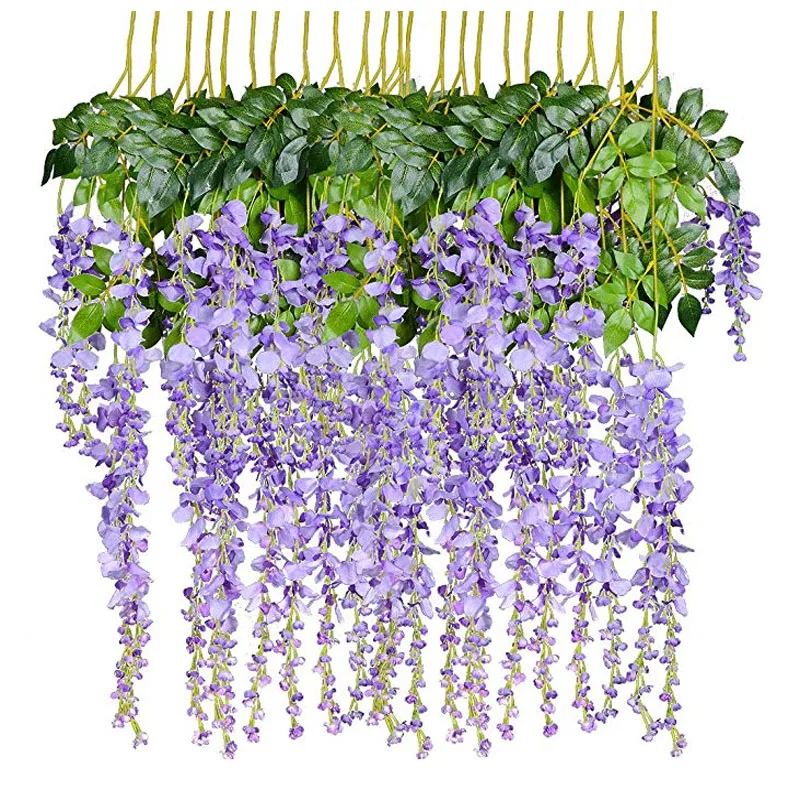
Basics of cultivation of wisteria
Almost all varieties of this crop are undemanding to growing conditions. Minimal care for wisteria and a properly selected place will allow you to grow a tree on your own without much difficulty.
Liana of this genus develops well in sunny areas and does not like gusty winds. The soil prefers light with good aeration and water permeability. You can not plant wisteria on calcareous soil. nine0003
Flowering wisteria
When growing wisteria, it is necessary to regularly water it:
Water it. Irrigation is carried out as needed. Throughout the vegetative period, the bush is watered abundantly in spring. During the summer, watering is regular, but moderate. Since September, the soil has not been moistened.
Feed. Nutrient complex compositions are applied in early spring and at the beginning of flowering.
Cut. It is necessary for the formation of new buds and giving a decorative shape. It is carried out using a wisteria pruning tool: a sharp pruner or garden shears. Cutting with a knife is not recommended. You will also need a stable ladder. nine0003
Cutting with a knife is not recommended. You will also need a stable ladder. nine0003
It is important to keep the near-stem area clean. Weeds and root cuttings are removed manually.
Expert opinion
Yuliya Yuryevna
I have a large garden and vegetable garden, several greenhouses. I love modern methods of plant cultivation and soil mulching, and I share my experience.
Ask a question
In addition to pruning wisteria in autumn, timely top dressing contributes to the beauty of the plant. Since the culture belongs to legumes, it is important to carefully apply nitrogen-containing agents. The amount of such fertilizers should be minimal or they can be completely abandoned. nine0003
Since the plant does not like calcareous soils, fertilizers with ash or ash solution should also be avoided. During the period of active growth, the culture can be fed once every 15-20 days, unless otherwise provided by the instructions.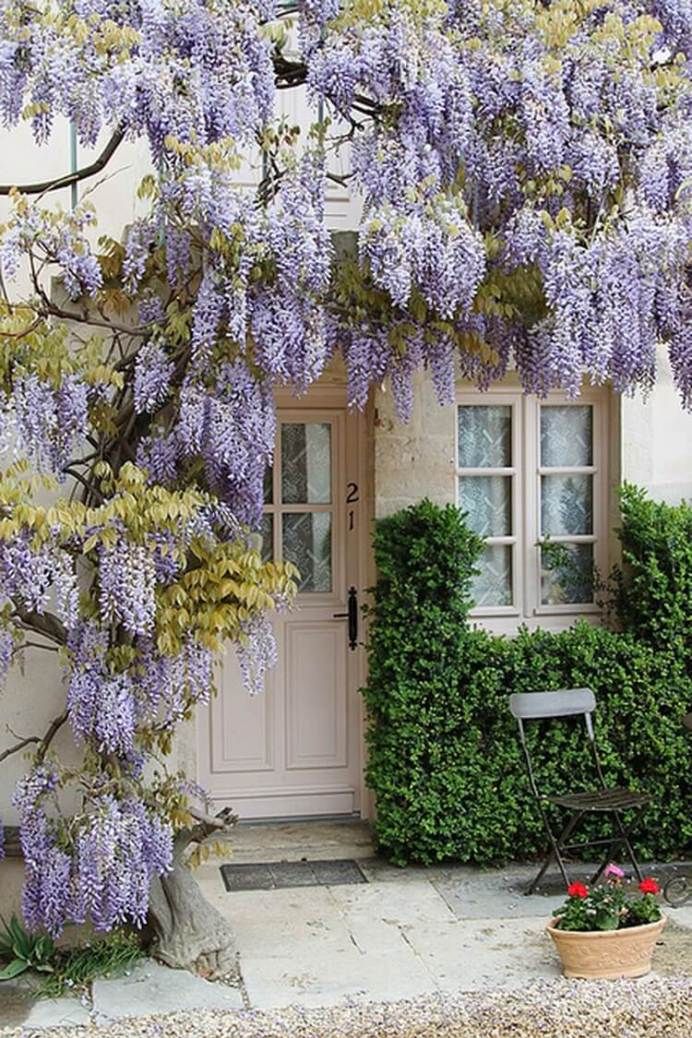
Then the flowering will be abundant and long-lasting. Top dressing is best combined with watering, so as not to burn the rhizome of the crop. Fertilizers should include potassium and phosphorus. This mode will provide maximum decorative effect of wisteria, although the liana can develop on fertile land even in conditions of rare fertilizers. nine0003
Most varieties are best covered during the cold winter months. Especially if the region of cultivation is northern. Young branches are most sensitive to frost. It is better to remove the wisteria from the supports and lay it on the previously laid out and fixed agrofibre.
Next, you can cover the crop with a few more layers of spunbond or use spruce branches. The older the plant, the less likely it is to freeze in winter or get crown damage from the cold.
Basic principles for pruning wisteria in autumn
How to prune wisteria? Regardless of the variety of wisteria, to maintain its lush flowering, it is necessary to prune the plant.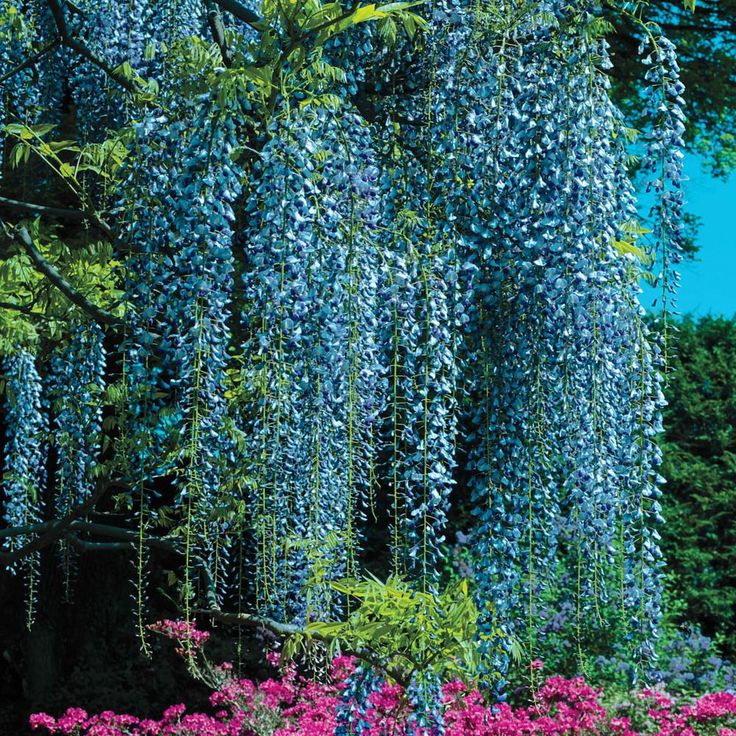 Its method depends on the age of the shrub. There are general principles for autumn pruning of wisteria:
Its method depends on the age of the shrub. There are general principles for autumn pruning of wisteria:
By following these principles, you can significantly improve the development of wisteria, increase the number of flowering buds and reduce the risk of infection by diseases and pests.
In order to grow a healthy, strong plant with dense foliage and lush flowering, wisteria needs the following pruning:
- Forming
- Supporting
- Sanitary
A wisteria tree can be fully formed in at least 3-4 years. To do this:
In the first year, the main shoot is determined and shortened by a third. The cut is carried out over a strong kidney. All side shoots are plucked, and the trunk is fixed in an upright position with a wooden support.
The main shoot is cut again at the level of the strong bud. Short upper side shoots are not removed. Located below - shortened by 2/3. At a height of 25-30 cm, all side branches are removed.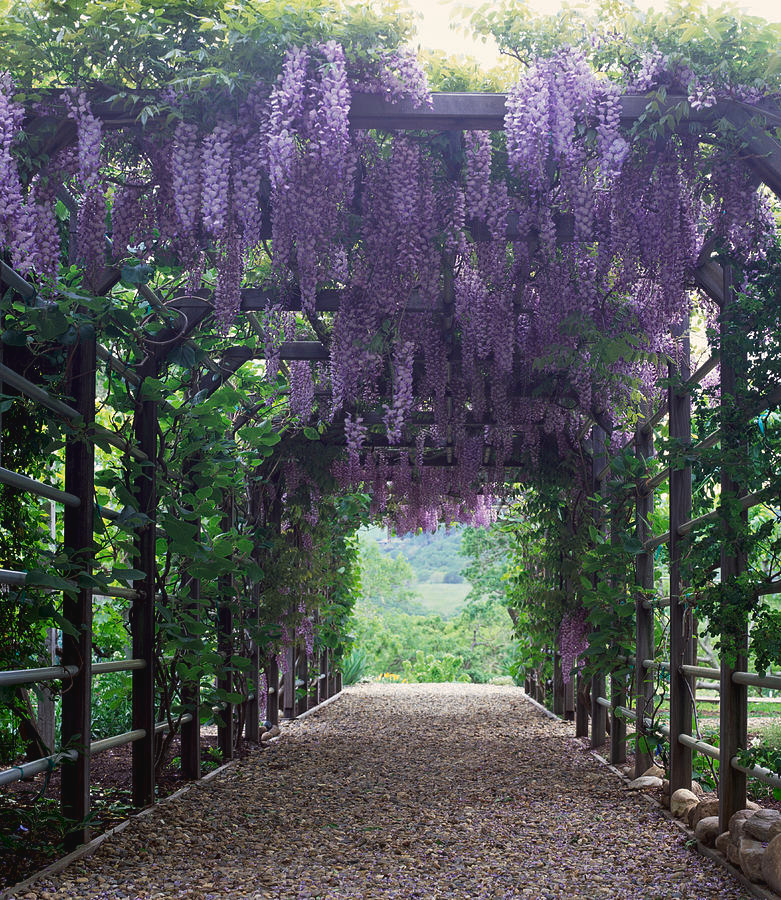 nine0003
nine0003
Delicate flowering of wisteria
Further, for two years, the fixation of the main shoot continues. A pair of strong shoots is also determined. They are tied at a 45 degree angle. At this stage, all the main shoots of the side branches are tied up and the side branches are shortened by a third.
When the tree is fully formed, when pruning in autumn, it is necessary to shorten new shoots by 2/3, and old ones by half. This will make the crown compact and branched.
Wisteria is a representative of vines, so shoots often appear under the tree. All young shoots under the crown are completely cut out. Also, maintenance pruning removes twigs that have sprouted below 30 cm on the trunk.
Sanitary pruning is necessary to prevent damage to wisteria by diseases and pests. To do this, dried and broken branches and shoots under the crown of the tree are removed.
Trimming wisteria is easy. An important point, when pruning in the fall, are the weather conditions. It is necessary to put the tree in order before the onset of frost, since multiple cuts significantly reduce the immunity of the plant and make it more vulnerable. nine0003
It is necessary to put the tree in order before the onset of frost, since multiple cuts significantly reduce the immunity of the plant and make it more vulnerable. nine0003
While watching the video, you will learn about pruning wisteria.
Timely care and regular pruning of wisteria will allow you to quickly grow a strong flowering tree. It is important not to skip pruning in the fall, as it rejuvenates the wisteria. Such a tree has a lush dense crown and multiple flowering buds.
Notice an error? Select it and press Ctrl+Enter to let us know.
This surprised me
Flowers and flower beds
When and how is wisteria trimmed?
Image - Wikimedia / Michal Klaiban
Wisteria is one of the most vigorous deciduous vines.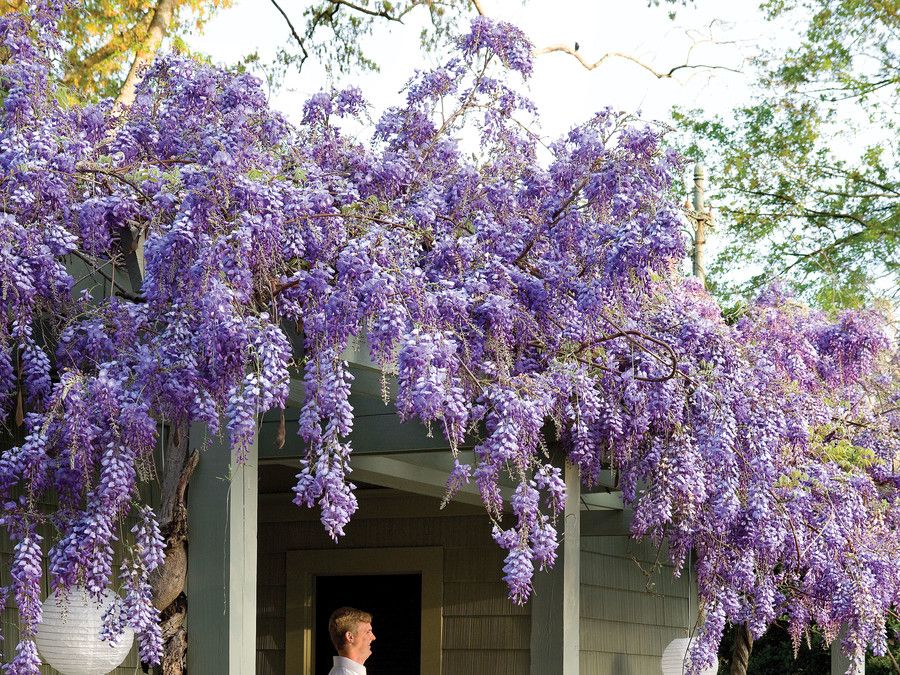 But that doesn't mean it can't be cut; in fact, recovers pretty well from the pruning, so it could be a small tree or bush like you see in the image.
But that doesn't mean it can't be cut; in fact, recovers pretty well from the pruning, so it could be a small tree or bush like you see in the image.
Since it also has long branches and rather large leaves, it is very interesting to have it on large trellises or on the roof. However, How should wisteria be trimmed?
Index
- 1 When is the best time to prune wisteria?
- 2 When should it NOT be cut?
- 3 What cutting tools are needed?
- 4 How to prune wisteria?
- 4.1 Pruning wisteria as a vine
- 4.2 Pruning wisteria as a shrub or small tree
When is the best time to prune wisteria?
Image - Flickr/Mike Del Gaudio
Of course, before we start trimming, we need to know if this is the best time. Well, from wisteria or wisteria, we must say that this is a deciduous plant that loses its leaf in autumn and winter, and sprouts again in spring.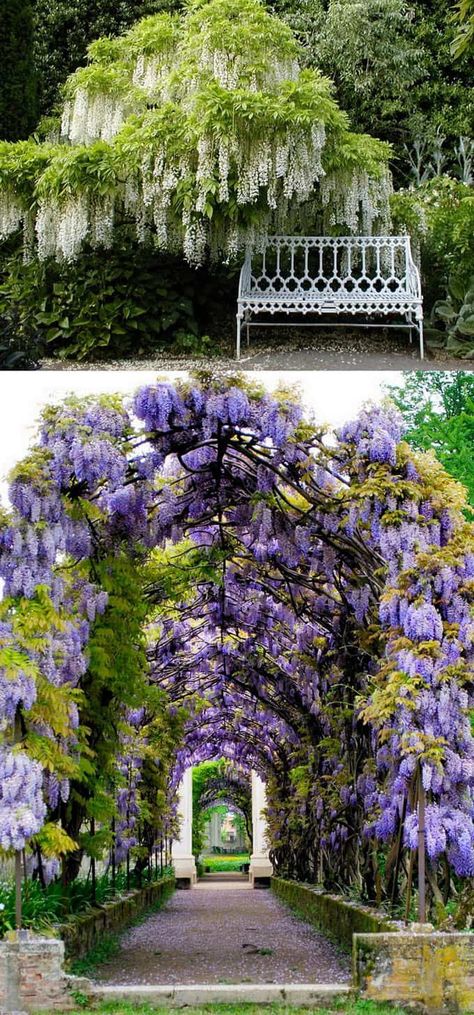 But it also blooms relatively young, in spring.
But it also blooms relatively young, in spring.
For this reason, we recommend cutting only at the end of winter if it is a young specimen of , that is, if it is one meter tall or less. If it is larger, then we recommend waiting for the end of flowering, otherwise it will produce fewer flowers than usual. nine0003
Subscribe to our Youtube channel
When should it NOT be trimmed?
There are certain situations where pruning must wait. And it's something that, as much as you'd like, we have to take into account that pruning isn't the solution to everything; Moreover, I would dare to say that this is only for a few things. For example, this work will be done if we have a fruit tree and we want it to develop lower branches to make it easier for us to harvest its fruits, or if we have a very diseased plant and we are going to remove the branches. that are dead. nine0003
But what about wisteria? Well then that in these cases nothing can be taken away :
- if it blooms,
- full growing season (i.
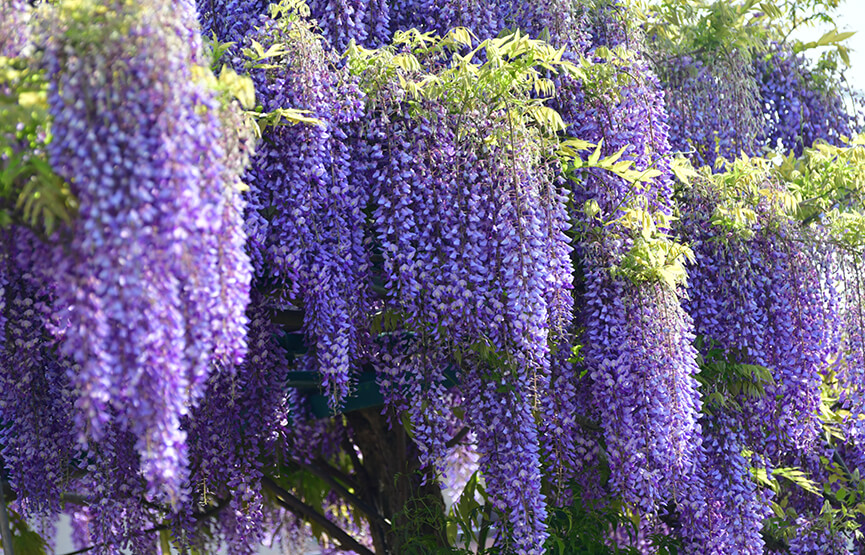 e. spring and summer),
e. spring and summer), - if winter and still frost,
- if we suspect that this is wrong, but these are only affected leaves.
Which cutting tools are needed?
Actually not so much. a little anvil scissors (such as these) for trimming or removing branches that are beginning to lignify but are very thin (less than 0.5 cm thick), small hand saw (on sale here) for the thickest branches, and some regular scissors if we have to cut some of them, which are green.
But yes, we must clean them well , in good faith, before and after using them. Microorganisms such as fungi, bacteria, or viruses that are not visible to the naked eye can give the impression that they are not there, but no need to risk it. If we wash tools with dishwashing detergent, we will prevent wisteria disease. nine0003
How to prune wisteria?
Wisteria is a plant that resists pruning very well, so we recommend looking first if we want to use it as a vine or shrub. And this is that, of course, we will not take away in one case the same thing as in another.
And this is that, of course, we will not take away in one case the same thing as in another.
Pruning wisteria as a climber
If we are interested in having it as a climber, we will do the following:
- Remove dead branches. nine0010
- Trim the rest a little so that they branch out. . The cut must be made above the kidney, where the leaves sprout.
- Provide a tutor or guide . Wisterias don't have tendrils, so you'll need help to start covering the area. In addition, we will have to tie it with zip ties to hold it.
Pruning wisteria as a shrub or small tree
In case we prefer to have it as a shrub or small tree, we will continue to do the following:
- Since this is a woody plant that develops a more or less wide trunk over time, we will trim its crown. The branches must be of sufficient length, taking into account the height of said trunk. ; that is, if, for example, this one has a length of about 30 centimeters, the length of the branches should not exceed 35 centimeters.

Learn more
- How to plant a basil

- Small bird house
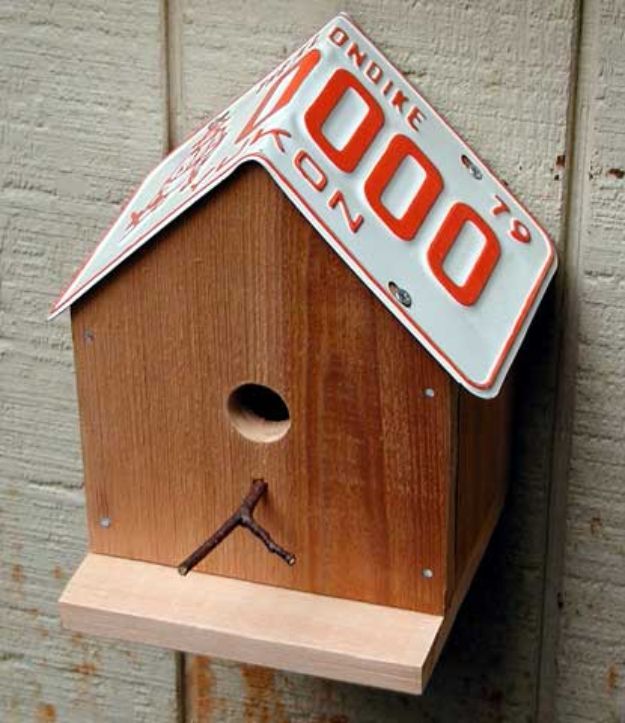
- Billy graham s house

- Kitchen aisle ideas

- New kitchen designs 2023

- Smallest house in wales conwy

- How to clean flagstone floors

- Living design ideas

- Keeping hens in your garden
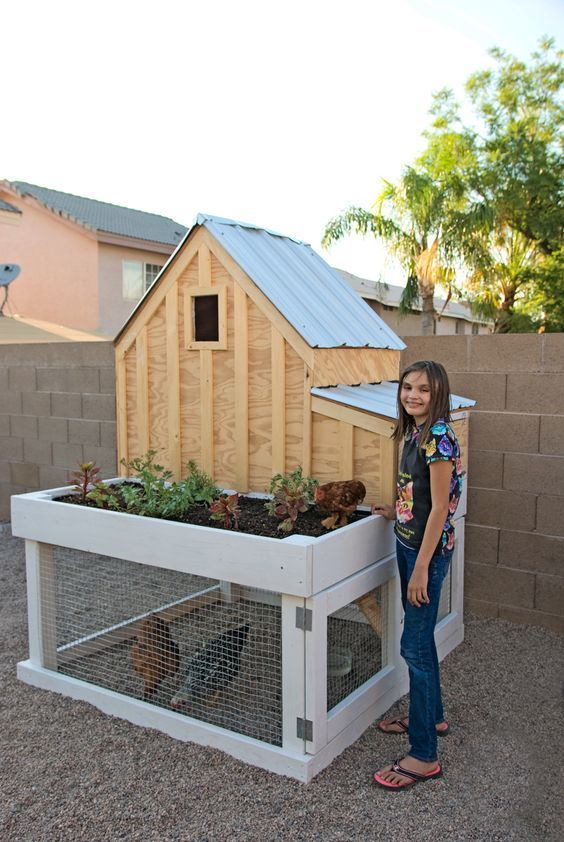
- Downstairs room ideas

- Evergreen with red berries bush
